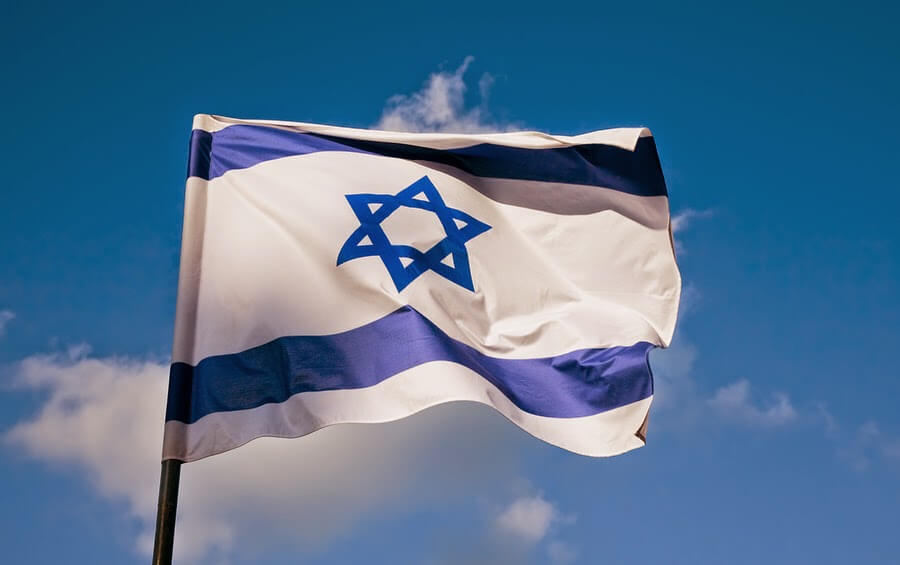The Israeli flag was specifically designed with stripes to recall the image of a tallit – the Jewish prayer shawl. Its top and bottom blue stripes are reminiscent of the sky and the sea. While some tallit (tallitot) have blue stripes, others have black or white or a veritable rainbow of colors. We need to ask: Why the stripes, and is there any significance to the colors?
The stripes in general are present to beautify the four-cornered garment, in fulfillment of a loose understanding of the verse (Exodus 15:2), “This is my God and I will glorify Him.” This principle is often invoked as a source requiring Jews to make an object used for a mitzvah as beautiful as possible (within one’s means, of course). Think about elaborately designed candlesticks, menorahs, mezuzahs, spiceboxes, etrog boxes, chuppahs, beautifully adorned Torahs, mikvehs and synagogue structures, and you get the idea.

Blue in particular has significance as the color associated with the tzitzit (fringes) commandment (Numbers 15:38), which originated from a special aquatic creature called “hilazon.” The blue is meant to remind Jews of the sea, which reminds us of the sky, which reminds us of God, which reminds us to be good Jews (Rashi’s comment on Numbers 15:38). As the official blue color for the tzitzit was unavailable for hundreds of years, blue stripes were therefore placed on the body of the tallit garment to serve as a reminder of the commandment.
This Treat was last posted on September 18, 2008.
Copyright © 2014 NJOP. All rights reserved
If you like what you’ve read here, signup to get notifications about new treats.
Related Posts
The Flag of Israel
The Israeli flag was specifically designed with stripes to recall the image of a…
0 Comments2 Minutes
The Flag Of Israel
The Israeli flag was specifically designed with stripes to recall the image of a tallit…
0 Comments2 Minutes
 Print This Page
Print This Page